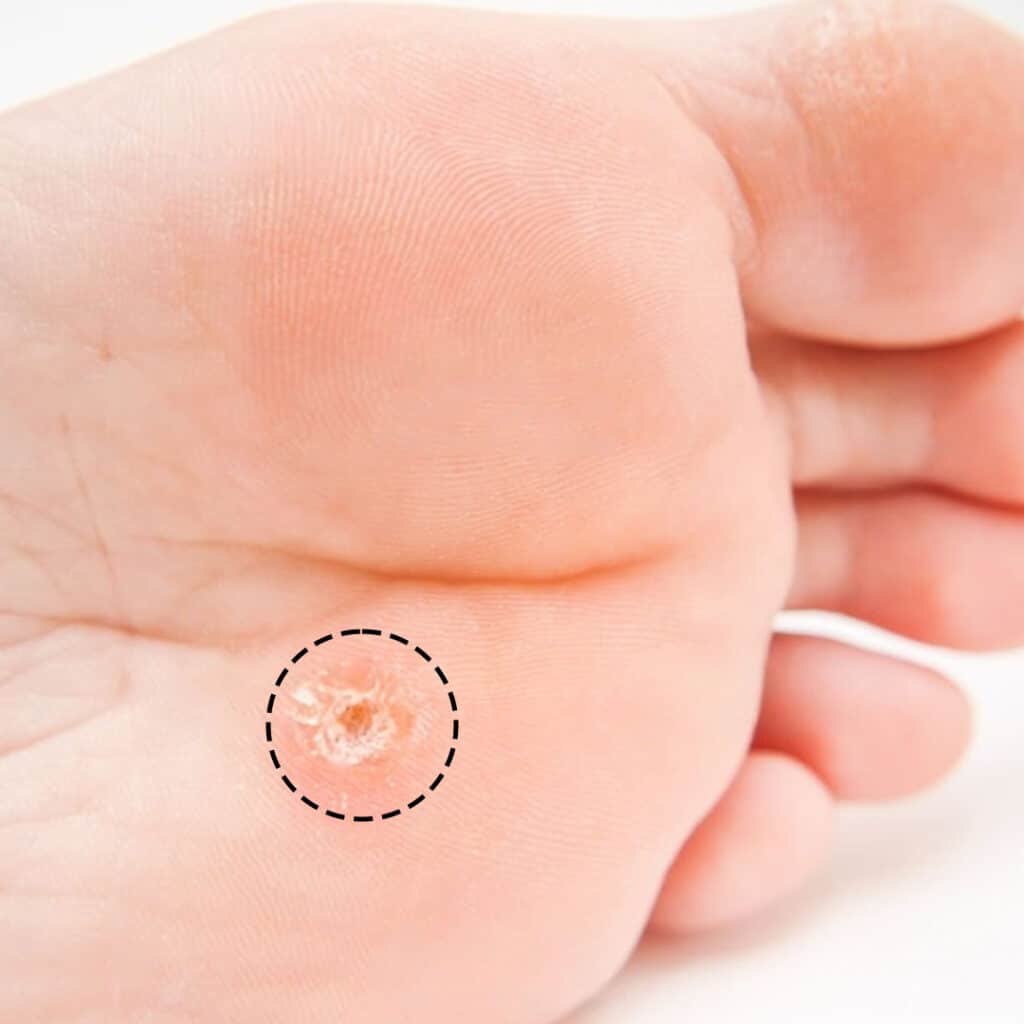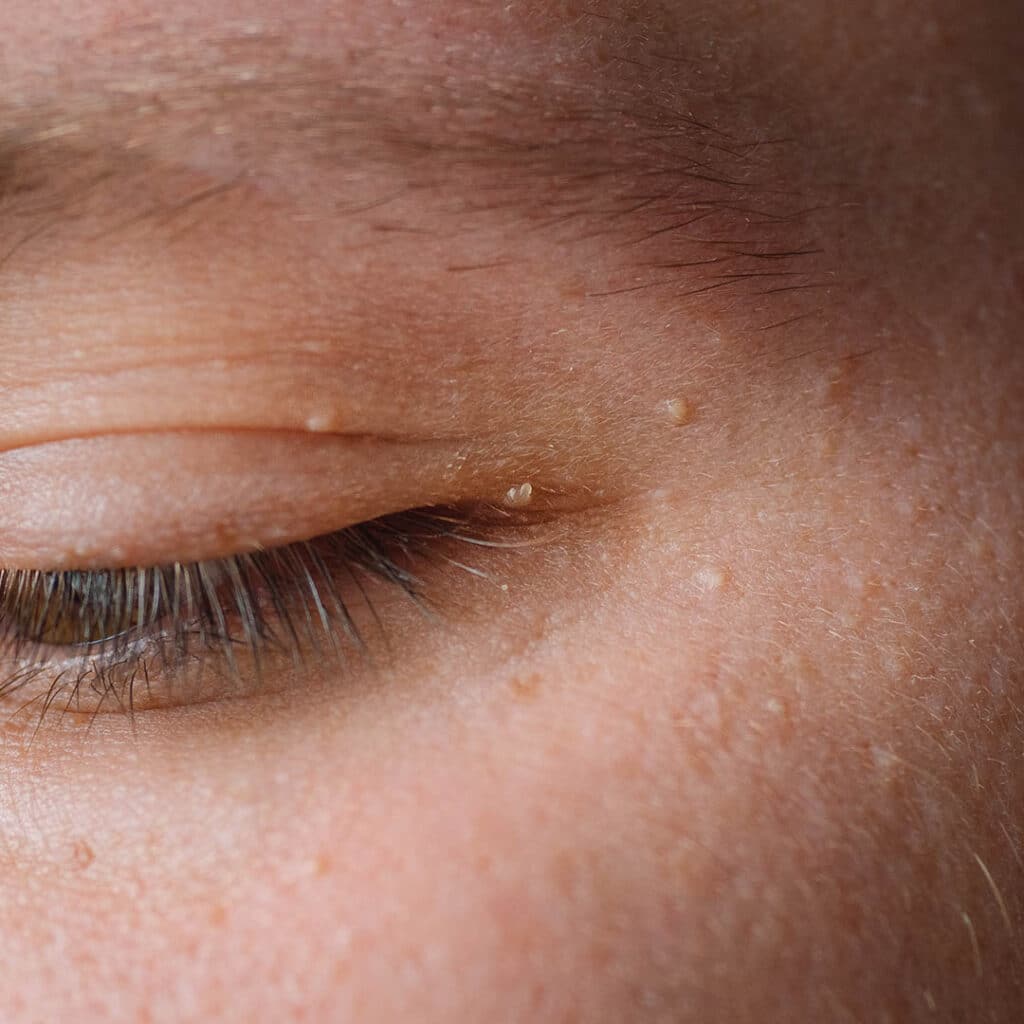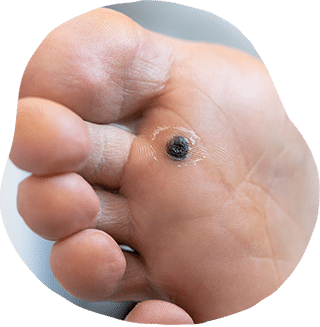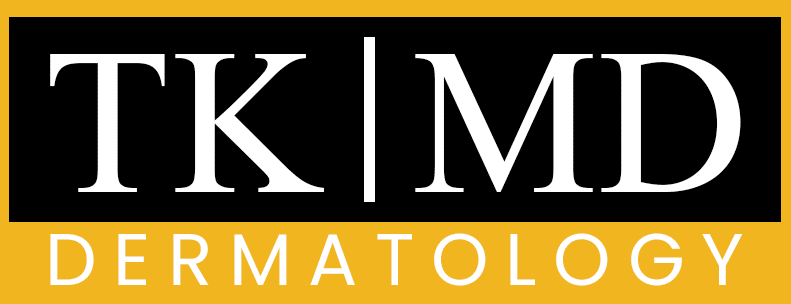What is warts
Warts are small, rough growths on the skin that are caused by the human papillomavirus (HPV). They can occur on different parts of the body, including the hands, feet, and face. Warts are contagious and can be spread through close skin-to-skin contact or by using contaminated objects.
There are several different types of warts, including common warts, plantar warts, flat warts, and genital warts. Each type of wart is characterized by its appearance and location on the body.
Treatment options for warts include over-the-counter creams, prescription medications, and procedures such as cryotherapy (freezing the wart), surgical removal, and laser therapy. In some cases, warts may go away on their own without treatment.
It’s important to avoid picking at or scratching the wart, as this can spread the virus to other parts of the body or to others. Washing your hands regularly and avoiding sharing personal items, such as towels or razors, can also help prevent the spread of warts.

What Causes Warts?
Warts are caused by the human papillomavirus (HPV), which infects the top layer of skin. There are over 100 different types of HPV, and different types can cause warts on different parts of the body, such as the hands, feet, and face. Some types of HPV are highly contagious and can be spread through close skin-to-skin contact or by sharing contaminated objects, such as towels or razors. In some cases, warts can also develop as a result of a cut or break in the skin that provides a way for the virus to enter the body. Additionally, people with weakened immune systems are more susceptible to developing warts.

Treatments for Warts
There are several treatment options for warts, and the best one for you will depend on the type and location of the wart, as well as your personal preferences. Some of the most common treatments for warts include:
Over-the-counter treatments: There are a variety of over-the-counter creams and ointments available that can help remove warts. Some of these products contain salicylic acid, which helps to soften and break down the wart tissue.
Cryotherapy: Cryotherapy is a procedure in which the wart is frozen with liquid nitrogen. This destroys the virus and causes the wart to eventually fall off.
Surgical removal: In some cases, warts may need to be surgically removed, especially if they are large or difficult to treat with other methods.
Laser treatment: Laser therapy uses focused light to destroy the cells of the wart. This is a more invasive procedure, but it is also very effective in removing warts.
Electrocautery: Electrocautery is a procedure in which an electric current is used to burn off the wart. This is another invasive procedure that may be recommended for larger warts.
Immune therapy: Immune therapy involves using medications that boost the immune system to fight the HPV virus that causes warts. This type of treatment is often used for people with weakened immune systems.


